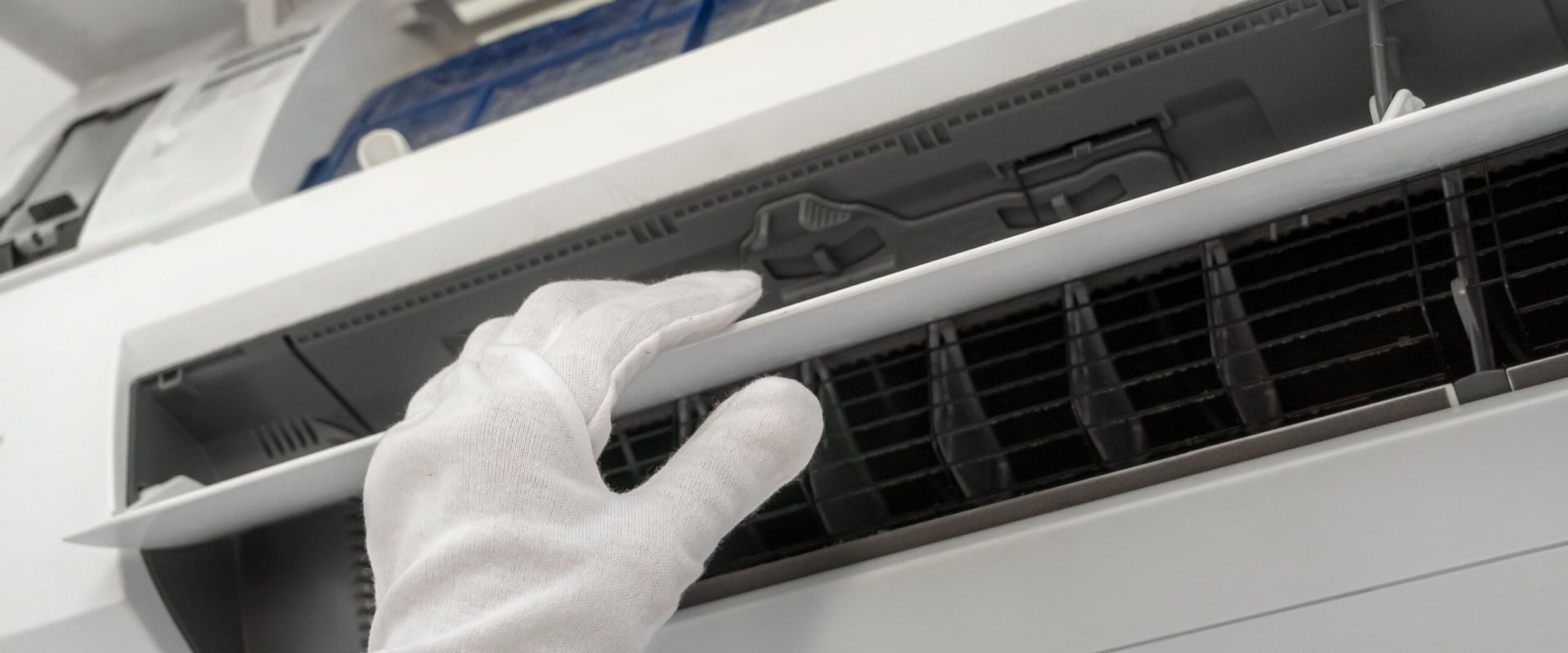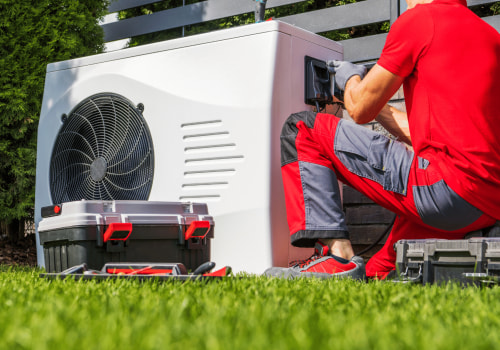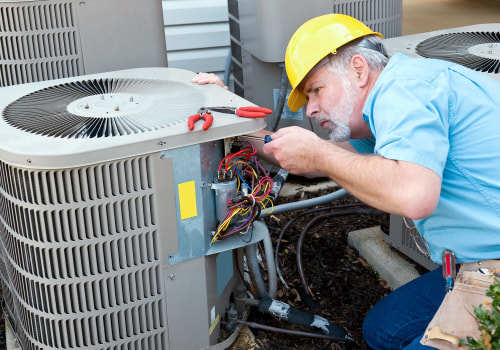Air conditioning jobs require the management of electrical wiring and technicians must de-energize all equipment before performing inspections, tests, repairs, and other routine maintenance procedures. According to a CDC report, “every year in the U. S., thousands of workers are injured or killed in falls from ladders”. If some additional measures are taken to properly secure the ladder, one of the most common cases of deaths and injuries in the workplace is prevented.
As part of their job, HVAC technicians touch various surfaces (door handles, thermostats, etc.). While there were fewer health risks associated with transmission before COVID-19, the pandemic warned us to take additional steps to ensure the health and safety of technicians and customers. And this remains a cause for concern, especially for those who may be classified as vulnerable. Simple security strategies can help mitigate these current risks.
In situations where contracting COVID may continue to be a health problem, all transactions that can be made virtually (such as receipts and payments) must be made in advance to limit contact. During the actual visit, all employees must wear a mask that fits them properly. In addition, technicians must carry hand sanitizers and equipment and maintain a distance of 6 feet. Once the job is finished, all employees should wash their hands or, at least, disinfect them until they have the option to do so.
Understandably, any employee who has symptoms or has health problems should not be working. Following these precautionary measures can ensure that technicians, as well as customers, are fully protected and prepared. A major health risk for HVAC technicians is respiratory hazards. Carbon monoxide poisoning, mold inhalation, and exposure to asbestos are just a few of the risks technicians may face. When working with older units or in enclosed spaces, you are more likely to be exposed to harmful respiratory hazards.
The best prevention method is to always use the correct masks or face shields. These may include maintenance checklists, safety checklists for specific HVAC equipment, and forms that must be completed before a technician can complete work on the software. That's why we've identified the top nine risks to HVAC safety and compiled the best HVAC recommendations, regulations, and safety standards in one place. ServiceTitan is a comprehensive business HVAC software solution created specifically to help service companies optimize their operations, increase revenues, and achieve growth. A key part of air conditioning maintenance for any HVAC or field service company is to ensure that everything is working properly. If you're considering a career in the HVAC industry, you'll be happy to know that HVAC technicians are still in high demand.
Here are some practical tips you can consider to ensure optimal safety for HVAC technicians on the job: use maintenance checklists; use safety checklists for specific HVAC equipment; complete forms before starting work on software; wear proper masks; carry hand sanitizers; maintain social distancing; wash hands after job completion; avoid working if having symptoms or health problems; use correct masks or face shields when working with older units or in enclosed spaces; use ServiceTitan's HVAC service management software to automate processes that could otherwise distract HVAC technicians from what they have to do to stay safe; make sure your technicians are safe on the road; follow best HVAC maintenance procedures; keep an eye out for common hazards; practice smart safety at work; and use ServiceTitan's automated systems and processes for efficiency and profitability. By following these tips and using ServiceTitan's comprehensive business software solution for HVAC companies, you can ensure that your technicians are safe on the job while also optimizing your operations for maximum efficiency and profitability.




